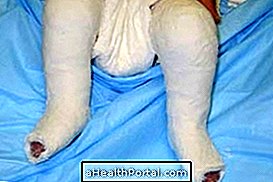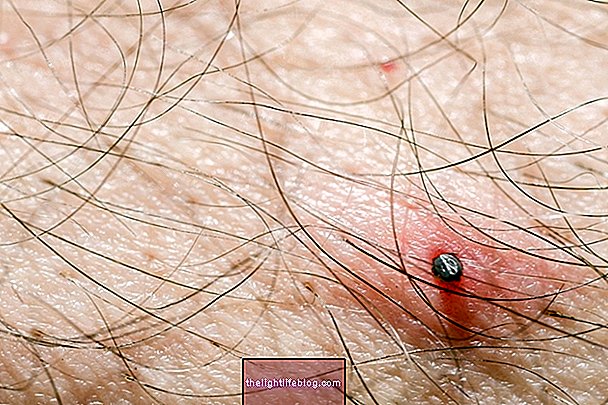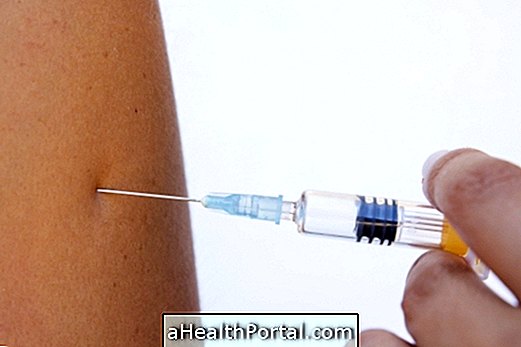Before dressing on simple wounds, such as a small finger cut, it is important to wash hands and, if possible, put on clean gloves to avoid contaminating the wound.
In other types of more complicated wounds, such as burns or bedsores, other care needs to be taken, and in some of these cases the dressing may even need to be done at the hospital or clinic to avoid complications such as severe infections and death of the tissues .

Main types of dressings
Generally, to make the dressing it is important to have at home some materials like saline, iodopovidone, band-aid and bandages, for example. See what a first aid kit should contain.
1. Simple dressing for cuts
Thus, to make a simple dressing quickly and correctly should be:
- Wash the wound with cold running water or saline;
- Dry the wound with dry gauze or clean cloth;
- Disinfect the wound with iodopovidone, such as Curativ or Povidine;
- Cover the wound with dry gauze and attach it with a plaster, band-aid or bandage ready, which is sold in pharmacies.
The dressing should be changed up to 48 hours at most, whenever it is dirty or as indicated by the nurse. In addition, you should avoid wetting the dressing by covering it with a plastic bag for bathing, for example.

In severe cases, such as deep cuts or when the wound bleeds a lot, one should do the same thing, but then it is recommended to go immediately to the emergency room or hospital, because the person needs to be evaluated by the doctor, may even need to take points or place staples.
2. Dressing for bedsores
The dressing for sores should always be done by a nurse, but if the dressing goes out during the night or gets wet during the bath, it should be:
- Wash the wound with cold tap water or saline, not touching the wound with your hands;
- Dry the wound with dry gauze without pressing or scraping;
- Cover the wound with another dry gauze and attach the gauze with a plaster;
- Place the person in the bed without pressing the eschar;
-
Call the nurse and inform him that the escara dressing is gone.
Surgical dressings should always be made with gauze and sterile dressings to prevent infections, as it is a very sensitive wound.
It is very important that the dressing is redone by a nurse, because in most cases, the dressing also includes the use of ointments or materials that help in healing, in addition to gauzes or plasters. An example is collagenase ointment, which helps remove dead tissue, allowing the new one to grow in a healthy way.
See examples of the main ointments used in the treatment of bedsores.
3. Burn dressing


When a person does a burn with hot water, frying oil or cooker flame, for example, the skin becomes reddish and sore, and may need to be bandaged. Thus, one should:
- For cold running water for more than 5 minutes to cool the wound;
- Apply a moisturizing cream with a refreshing and calming effect, such as Nebacetin or Caladryl, or a cortisone cream, such as Diprogenta or Dermazine, which is purchased at the pharmacy;
- Cover with gauze wipe the burn and attach with a tape.
If the burn has blisters and the pain is very severe, you should go to the emergency room, as you may need to take pain medicine through your vein like Tramadol, for example, to relieve pain. Learn more about this type of dressing.
Check out this video how to take care of each degree of burn:

When to go to the doctor
Most wounds that happen at home can be treated without going to the hospital, however if the wound takes too long to start healing or if there are signs of infection such as severe pain, severe redness, swelling, pus or fever above 38º C, it is recommended to go to the emergency room to evaluate the wound and start the appropriate treatment.
In addition, wounds with a higher risk of infection, such as those caused by animal bites or objects with rust, for example, should always be evaluated by a doctor or nurse.

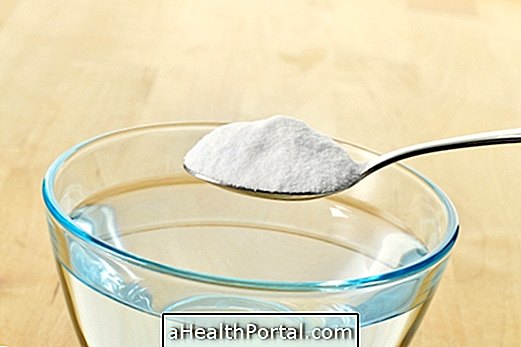
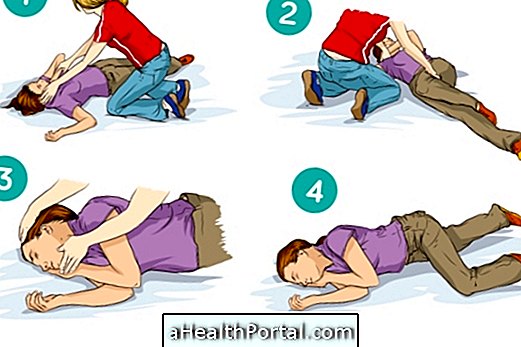
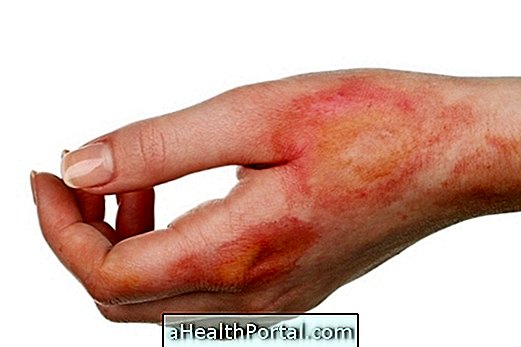



-o-que--sintomas-e-tratamento.jpg)

